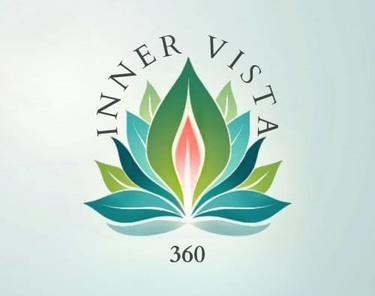Breath and Emotions: Understanding the Connection


Simple observation:
You must have observed how your breathing alters when you're anxious or under stress, you might find yourself holding your breath unconsciously, or your breathing may become quick and shallow. Stress response in rapid breathing can even trigger anxiety, similarly, deep breathing activates relaxation. In case you have not observed these changes you must focus on how to improve self-awareness. This connection between our breath and emotion, a phenomenon emphasizes the complex relationship—which has been studied for ages in a variety of cultures and practices because one must not forget, breathing is a natural way to heal yourself mentally.
Relation between breathing and emotion:
Studies have indicated a strong correlation between our emotional state and the way we breathe. Breathing involves mind-body healing connection. Our bodies go into "fight or flight" mode when we're stressed or anxious, which makes our breathing shallow and faster. On the other hand, our breathing tends to slow down and become more diaphragmatic when we're feeling at ease and relaxed. This easy breathing becomes a way of healing trauma naturally. The autonomic nerve system, which controls our body's basic processes like breathing and heart rate, is the foundation of this relationship.
The art of conscious breathing:
By paying attention to our conscious breathing we can develop self-awareness and enhance mental wellness. Emotional regulation, stress reduction, and mindfulness are all enhanced by conscious breathing. We can acquire insight into our mental state and increase our emotional resilience by becoming more aware of our thoughts and feelings through breath awareness. Building emotional intelligence enables us to identify stressful or uncomfortable situations and take appropriate action to control our emotions.
Breathing techniques for relaxation:
Luckily, there are numerous breathing tactics that can be followed to ease stress and promote relaxation.
Among the commonly used techniques are:
Alternatively referred to as belly breathing, diaphragmatic breathing is a technique that involves breathing deeply into the diaphragm instead of shallowly into the chest.
4-7-8 Breathing, this method is inhaling through the nose for four counts, holding the breath for seven counts, then exhaling through the mouth for eight counts.
Using the yogic breathing method known as "Alternate Nostril Breathing," one nostril is closed while breathing in through the other, and then the other nostril is used to exhale.
No thought zone:
Nothing can prevent us from thinking, this same thinking becomes overthinking for some people which not only affects their breathing but also their Blood pressure levels. Therefore, some exercises which are solely based on silencing our minds should be practiced. Achieving the no thought mental state isn't easy but just think how peaceful it will get if you will not have any flow of emotions, just you and your peaceful mindset. An optimistic approach does wonders for our mental health. This no thought state can become a powerful tool for mental health and wellness. By practicing calm mind breathing techniques and mindfulness meditation for beginners, individuals can quiet their minds and reduce mental chatter. Regular breathwork for mental clarity can help attain a state of mental stillness, fostering a deeper sense of calm and focus.
Meditation and Peace :
There are many meditation benefits for mental health such as less stress and anxiety, more emotional stability, and better attention. After this a question arises, how to meditate effectively? So for that start with brief meditation sessions and concentrate on your breathing or a mantra for best results. Don't think of achieving heights but follow a step to step beginners strategy. You can stay on course by using strategies like mindfulness meditation and guided meditation for stress alleviation. Starting with locating a peaceful area and allocating specific practice time. You can feel more at ease, have more mental clarity, and have a better sense of general wellbeing if you meditate regularly. These small steps would add to big changes.
